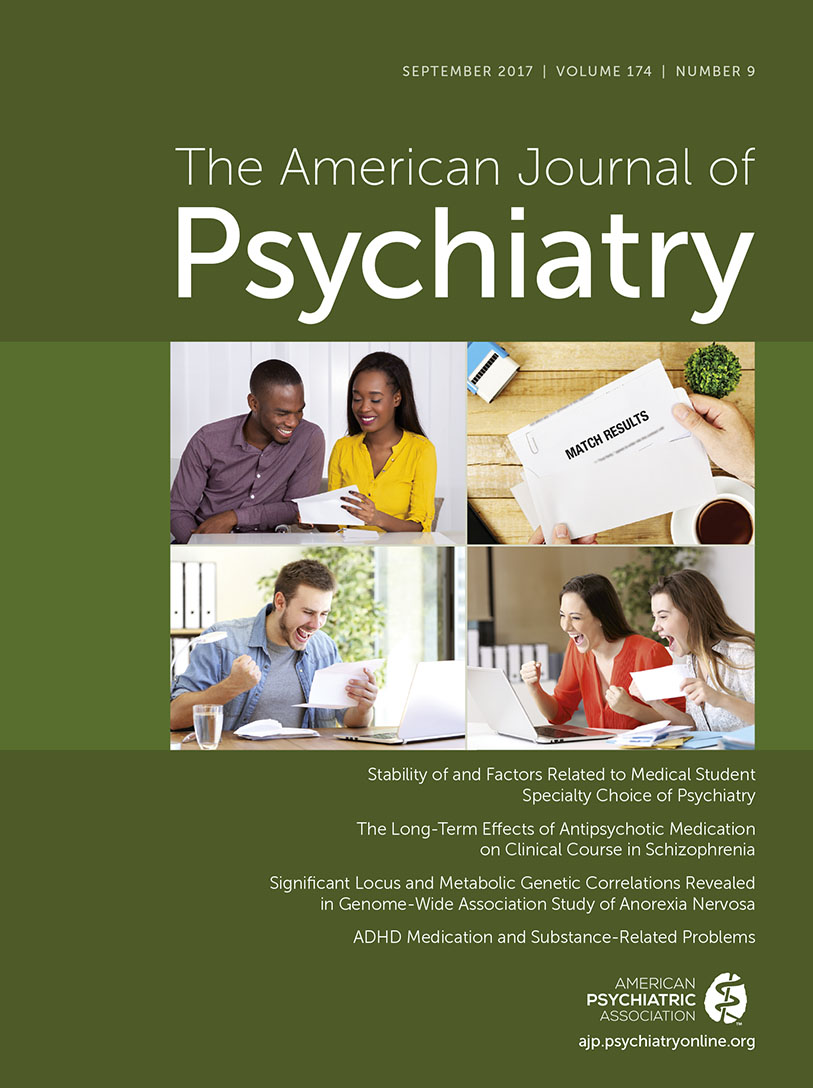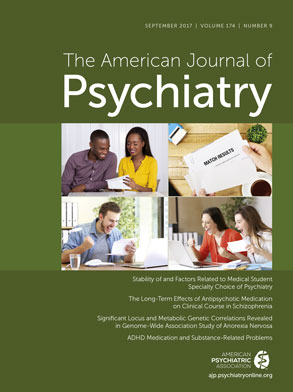Which of the following represents a barrier to care for unauthorized immigrants?
A.
Concerns about being reported to the authorities
B.
Inability to communicate fluently in the dominant languages of community clinics
C.
Inexperience with navigating the health system
“Ms. A” apologized with difficulty in heavily accented English: “I’m sorry, Doctor, but I had to work nights.” She had missed two appointments to assess whether her 18-year-old son met eligibility criteria for special services based on a psychiatric disability. Consequently, representatives from the city agency postponed its meeting with the family in anticipation of my report. The agency supervisor had already granted us two extensions. Despite the delays, the agency appreciated Ms. A’s attempts to bring her son to the appointment and wanted to see his case resolved successfully.
Ms. A led her son into my office and apologized again, this time for her fraying uniform, which smelled faintly of cleaning agents: “I’m sorry, but I have to go to work after.” The edema under her bloodshot eyes betrayed a chronic lack of sleep. Her son towered above her, wearing headphones, trendy black athleisure wear, and unstained white sneakers. She settled into her chair as he swiveled his away and drowned us out with music.
She narrated her son’s trajectory of progressive decline. The family had migrated to the United States from Mexico when he was 5, past the period for early intervention services when any developmental delays could have been detected. Her son’s inability to communicate in English led to his repeating the first grade. Two more years elapsed before a school psychologist hypothesized that his lack of class participation could be from inattention rather than language difficulties, and she referred him for his first psychiatric evaluation. His parents accepted the diagnosis of attention deficit hyperactivity disorder (ADHD) but not medication management, and his symptoms persisted. By middle school, his antagonistic relationships with teachers worsened: he refused to follow rules, argued daily with adults, frequently lost his temper, and was sent most days to the principal’s office. “We were too busy working to pay attention,” his mother whispered, with tears welling in her eyes. They returned to their former psychiatrist, who diagnosed him additionally with oppositional defiant disorder.
“What kind of work do you and your husband do?” I asked.
“I clean offices in midtown Manhattan. His father works one job as a waiter and another as a deliveryman.”
Her son’s conduct worsened in high school as his parents worked even more to send funds to an expanding family in Mexico. His pattern of arriving tardy to school in ninth grade escalated to truancy beginning in tenth grade, with not enough attendance for promotion. Forced to repeat the year, he preferred to play video games and smoke marijuana with his neighborhood friends rather than attend school. He refused to attend regular outpatient appointments with his psychiatrist and psychotherapist. His parents tried reasoning with him, to no avail, and their demanding work schedules prevented them from monitoring him closely. To pay for his growing marijuana use, he sold shoplifted items for several months, until he was arrested. Based on his history of untreated psychiatric illness and no prior criminal record, the judge ordered the city agency to obtain an independent evaluation from a psychiatrist and subsequently arrange a treatment setting where he could receive services. “We left Mexico to escape violent crime, and my son is turning into a criminal,” Ms. A said, shaking her head.
We reviewed his current symptoms and completed a diagnostic assessment. As part of my standard social history, I asked, “So I’ll list your employment as a cleaner and your husband’s employment as a waiter and deliveryman?”
Her eyes widened in alarm. “Do you have to? We’re not documented.”
“Let me check.” I called the agency supervisor on speakerphone. Despite conducting hundreds of evaluations for various agencies, it never occurred to me that this routine question might be controversial. The supervisor and I briefly exchanged pleasantries before I asked, “Is it mandatory to document sources of income as part of my evaluation for your agency?”
“Let me check. I’m putting you on hold.”
As we sat in silence, I worked through contradictory thoughts and emotions. Was her request unethical? Why shouldn’t I list their sources of income if they are working? If they aren’t paying full taxes as citizens, then why should other taxpayers fund his therapeutic placement? What has her son done to take responsibility for his health now that he is approaching adulthood? Why should the mental health system intervene when his parents deliberately chose not to arrange for greater supervision of him or agree to use medications when his illnesses were less severe?
I discovered the source of my frustrations: first, my parents—and then aunts, uncles, and cousins—had to endure months of separation from each other as they waited for work visas to enter the United States. It wasn’t fair that families such as this one could deliberately break the law and benefit from social services when others obeyed the law with significant hardships. Popular news accounts about families torn apart after an undocumented member is deported because of illegal entry (
1) do not move me, since hundreds of Asian and Middle Eastern families in my hometown community suffered family separations before they could sponsor relatives; forced familial separation for a period of time was a normative experience in our childhoods. Our ancestral countries have not shared a border with the United States that we could knowingly cross illegally.
But was it true that this family faced no hardships? Ms. A had told me that rampant drugs and violent crime in their hometown compelled them to migrate, a threat that my parents never faced as economic immigrants. This family has not taken a vacation in 13 years in order to raise the standard of living for their relatives in Mexico. They have worked grueling hours in the hope of providing economic and educational opportunities to their son, even if he has not yet taken advantage of their sacrifices. Who knows if they’ve been paid minimum wages, if their employers have threatened to report them to immigration services for deportation, if they avoid medical appointments out of fear of being caught? Perhaps I was being too harsh from my countertransference to their migration status: I’ve met hundreds of people from varied racial, ethnic, and linguistic groups who say they do not believe in mental illnesses such as ADHD or in the efficacy of psychiatric medications—the sad reality is that this family is no different. Am I a worse person, a worse psychiatrist, for feeling conflicted about this?
We heard ruffling sounds on the speakerphone. “I have an answer for you,” the supervisor said.
“According to agency guidelines,” the agency supervisor said, “you do not have to document migration status or sources of income at all.”
I thanked the supervisor as Ms. A smiled and exhaled in relief. I continued exploring my countertransference. As an evaluator independent of the family and the agency, my professional responsibility is to provide an honest, objective evaluation consistent with local laws and regulations. It is not to triage health resources based on the politics of federal immigration policy. The supervisor’s response confirmed this understanding, so why my continued ambivalence? After all, I hadn’t gotten upset when she explained the two missed appointments, their history of migration, or her and her husband’s employment.
My anger arose at her request. By asking me to not document their sources of income, I felt outraged that she would enlist me in an act of possible collusion against the law, forcing me to explicitly have an opinion about her life circumstances and side either with or against her. My instinct was to side against her based on my initial conception of who deserves society’s resources. But by framing her request as a question, she deserved an answer that I did not know. To assuage her, and myself that I was not breaking the law, I contacted the agency supervisor. I also felt envy and resentment at their family’s cohesion: she and her husband toiled day and night to earn income for their family, just like my parents had done on arriving in the United States, but my family did not have the luxury of being together in its initial years.
The ability to draw an analogy of shared parental struggle for a better life in this country softened me.
“I won’t document this information,” I reassured Ms. A.
Each person must find ways to resolve the myriad, unexpected dilemmas that arise in clinical work. In this case, to report this family’s migration status or sources of income would risk harming them without any legal necessity. Ultimately, our society has mechanisms to govern the distribution of health resources: people elect officials to debate and create legislation, and the courts deliver opinions that interpret laws. None of these functions is my role as a clinician, and external regulatory bodies have supplied sufficient practice guidance in this type of situation for now.
“I’ll finish this report and send it over,” I said, as I always do after each evaluation.
“Thank you, Doctor,” Ms. A repeated several times as she walked toward the door.
With his music blaring past his headphones, her son whispered, “Finally,” and followed her to the exit.

